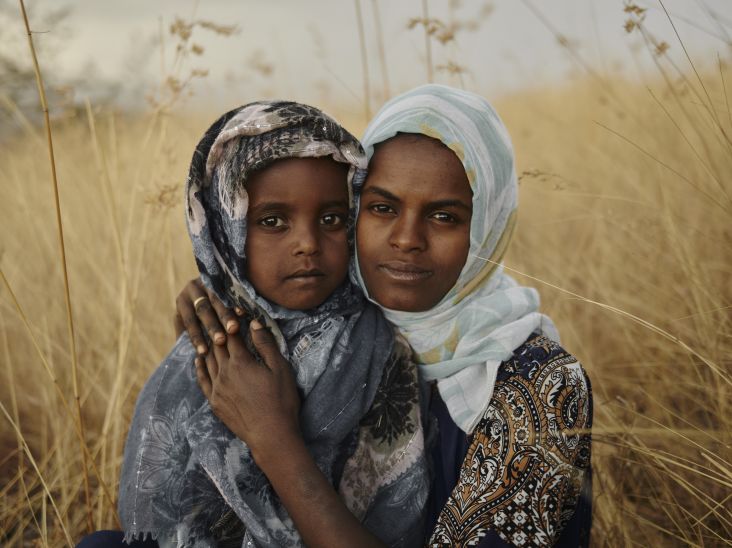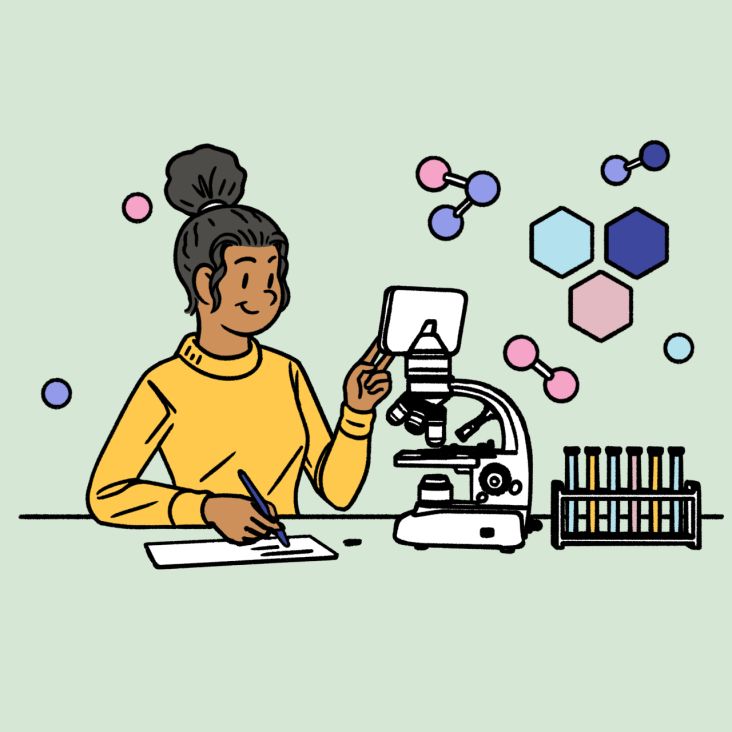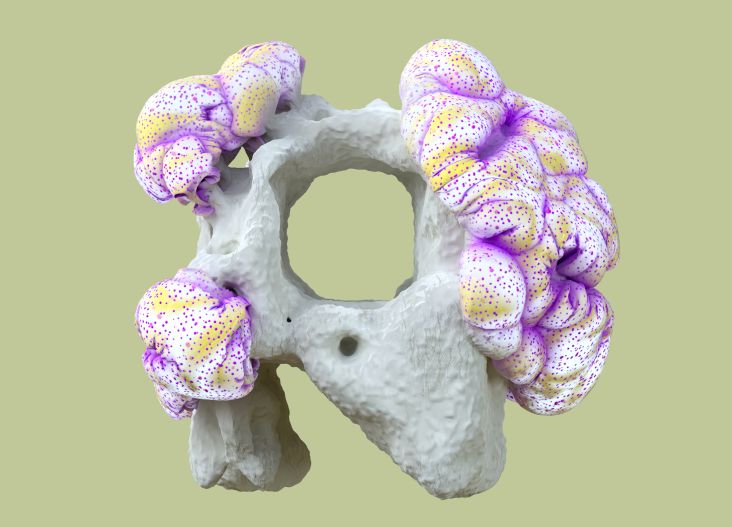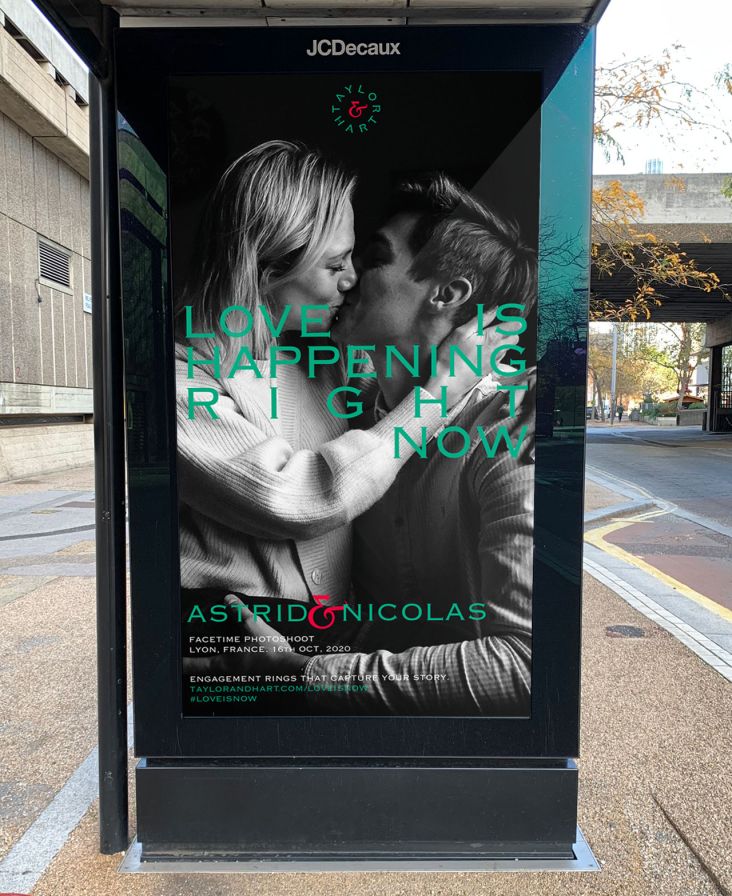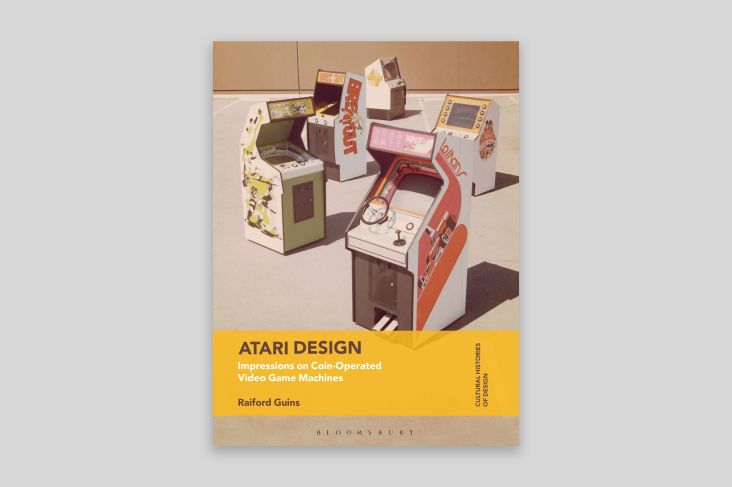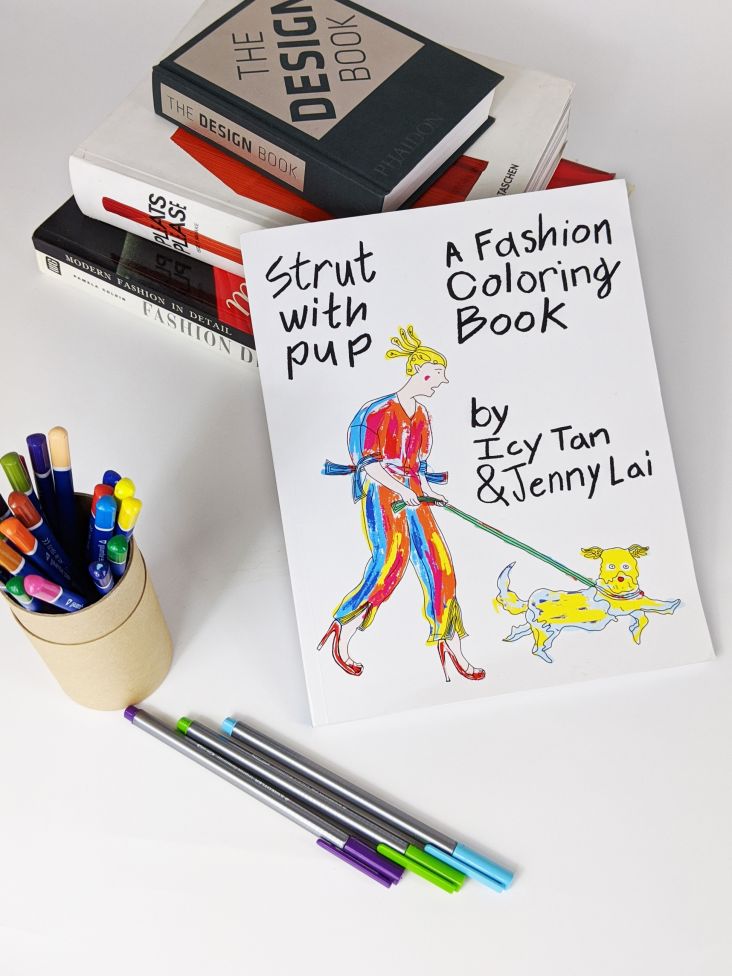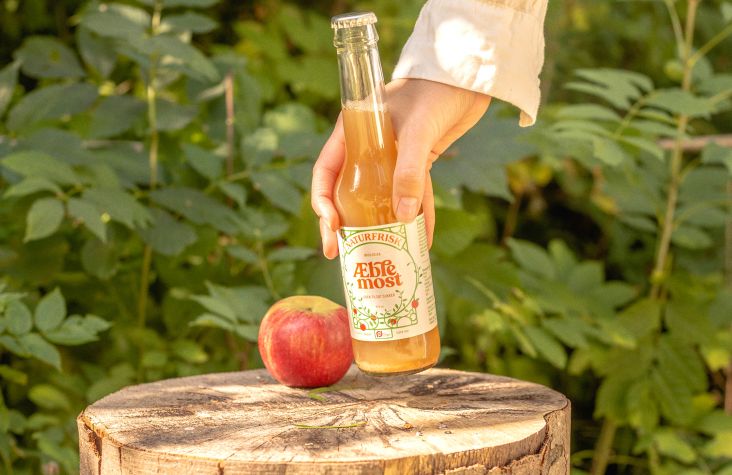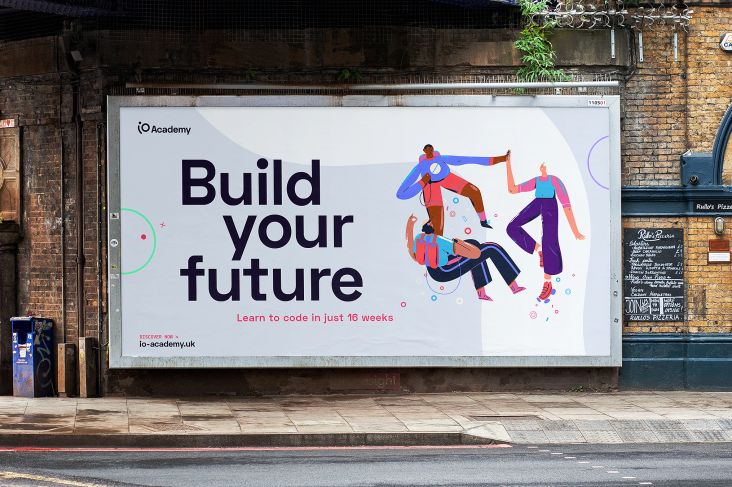Michelle Thompson on playing with politics and print through colourful collage
Trump and Boris have kept Michelle Thompson busy the last few years; we're sure the collage artist will remain inundated even if one of those two gentlemen is now leaving the world stage.
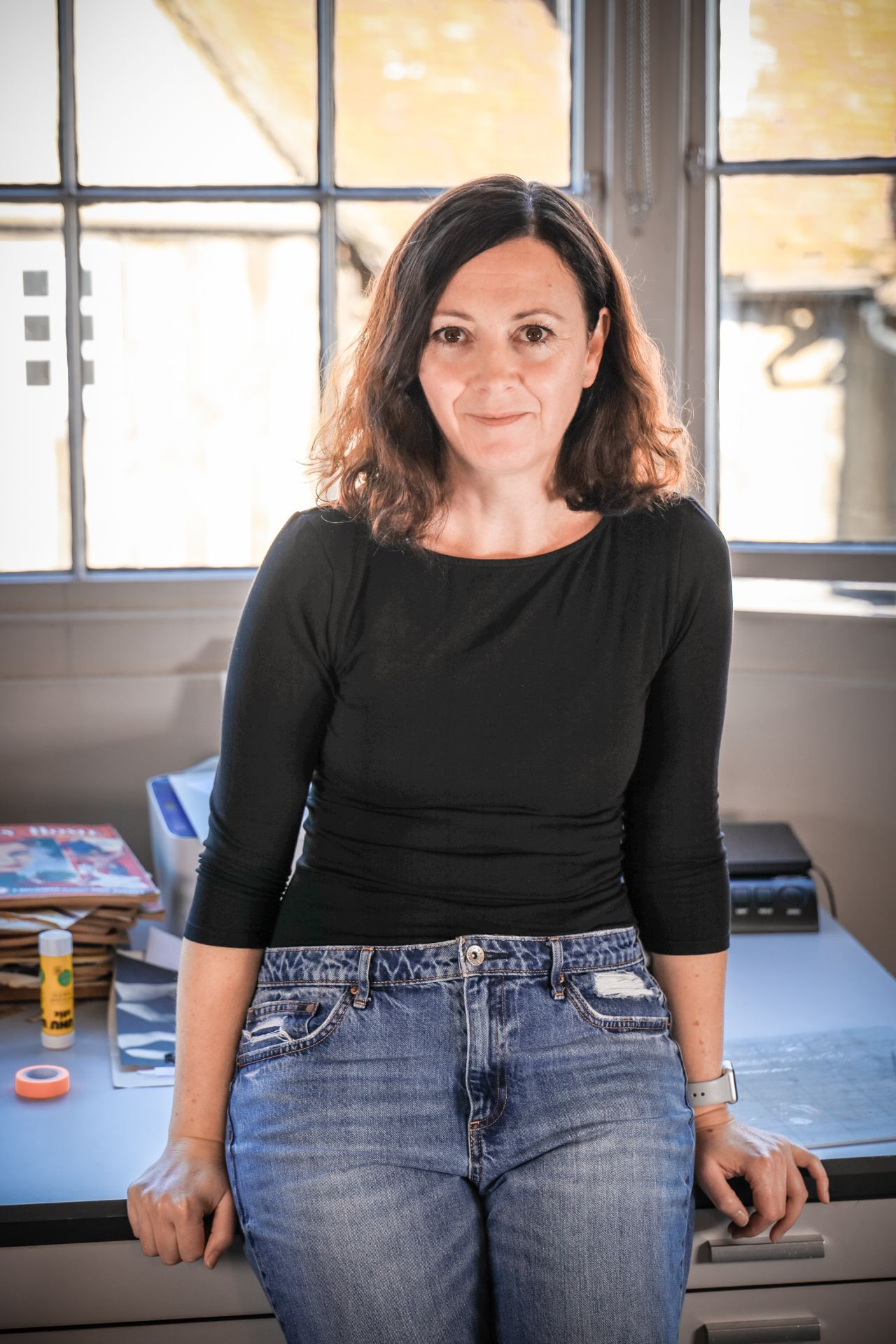
Photo by Celia Bartlett
Saffron Walden-based Michelle has been working successfully in publishing, editorial and design since graduating from The Royal College of Art in 1996, becoming acclaimed for her combination of found materials with painted, drawn and printed elements.
For her early commissions, Michelle remembers faxing a pencil sketch to the client, before working in collage and personally hand-delivering the artwork. Nowadays, most of her commissioned work is created entirely digitally, with Michelle scanning in the collage elements and working in Photoshop.
Books, magazines, packaging, photographs, postcards and other printed ephemera make up these elements, cut-up and reassembled images from recent history which reflect contemporary themes and popular culture. You'll have seen her cover work on The Wasp Factory by Iain Banks, or through her collaborations with influential British designer Vaughan Oliver. Her clients meanwhile have included the Royal Mail, BBC, Reebok, The Vagina Museum and more.
See? Trump isn't so essential after all. And the events of 2020 haven't been too detrimental to Michelle's workload either, as we find out in this interview with the creative.
Hi Michelle, what have you been working on lately? And it's lockdown again: how did the first one treat you professionally?
I'm currently working with an animation studio in Atlanta as well as political pieces for The Guardian US and the Evening Standard.
At the start, the lockdown was frightening as the commissioned work seemed to stop, but it gave me the time I had always moaned about not having. So I concentrated on my own work and selling collages and prints.
I always feel that the personal and commissioned work feed each other, so soon the commissioned work picked up.
You were part of the RA's Summer Exhibition this year. What did you display, and was being part of the RA a longtime dream for you?
My Red Dress collage was shown. I've applied twice before and got through to the next round, but never the final show.
It was great to get this piece in as it's on the back of one of my grandad's sketchbooks. He died last year at 99, so I had a little cry as it felt like we both got in.
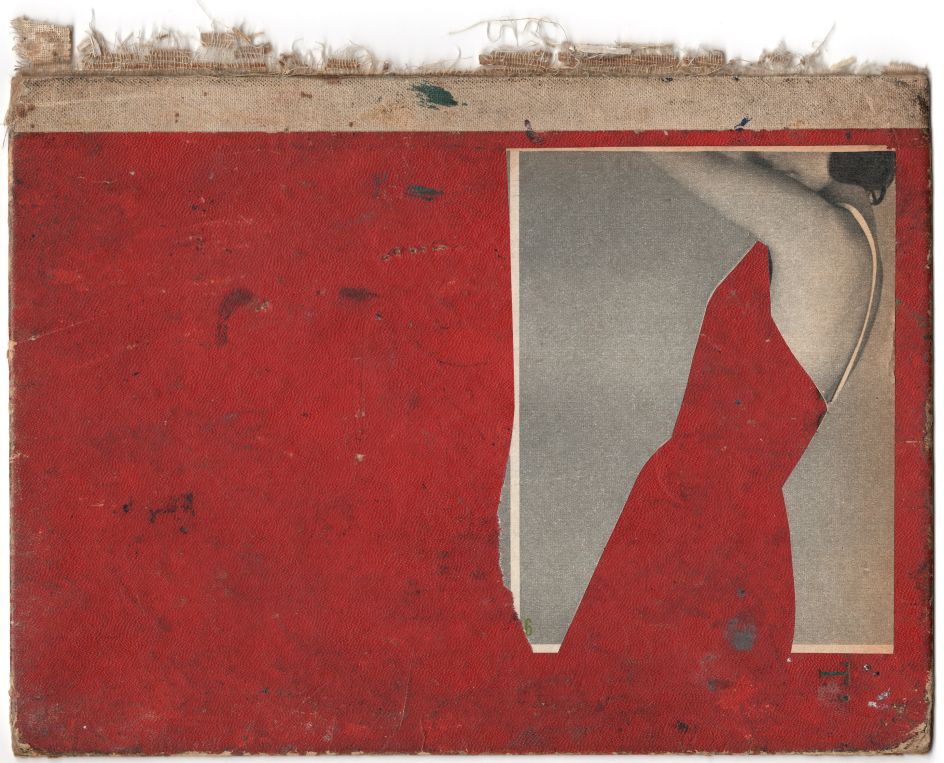
How long does it take you to make a piece from start to finish? And how do you select materials and piece them together?
If I'm working digitally, it can take a few hours, especially with a quick newspaper deadline. If I'm working in collage, again it can take a few hours, but often the pieces lie getting dusty for weeks before I commit to sticking them down.
What themes and colours do you enjoy working within your personal work?
Red and pink on everything! With my collage work, I like not having a theme; the collages make themselves. It's great not having any constraints, so I do exactly what I want.
Which pieces of yours do people really respond to? Is it usually the political ones?
I find I have two types of followers: ones who appreciate colour and texture, they tend to buy my collage and print work. Then the political work is generally liked by people in my industry and illustration commissioners.
Boris and Trump keep me busy; the political pieces started after I worked on a Boris Johnson cover for the Sunday Times. I've since worked with newspapers like The Washington Post, Politico, New Statesman and the Evening Standard, to name a few.
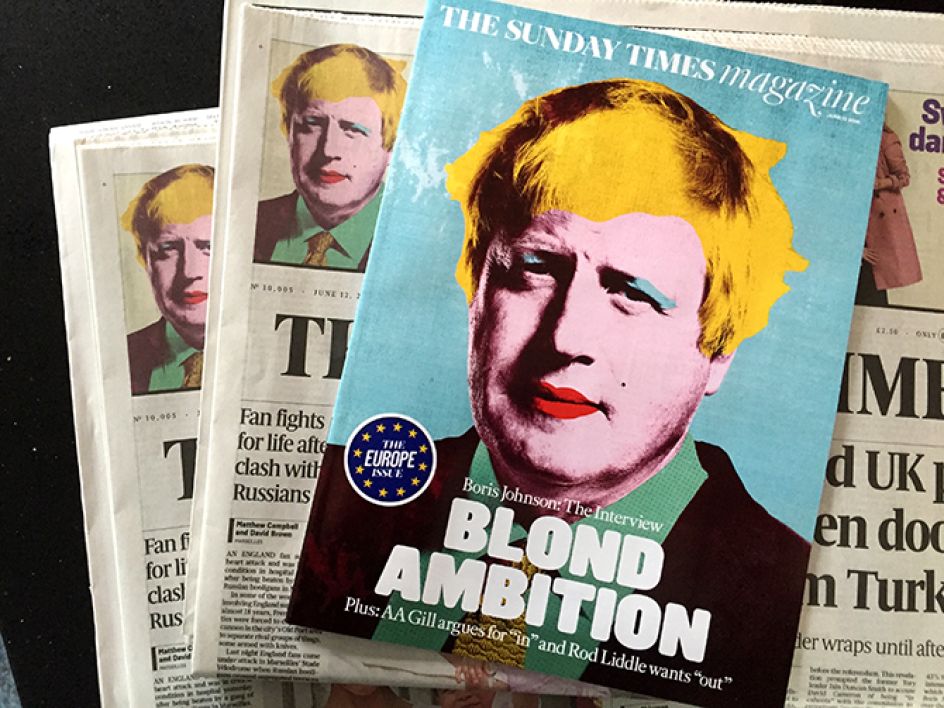
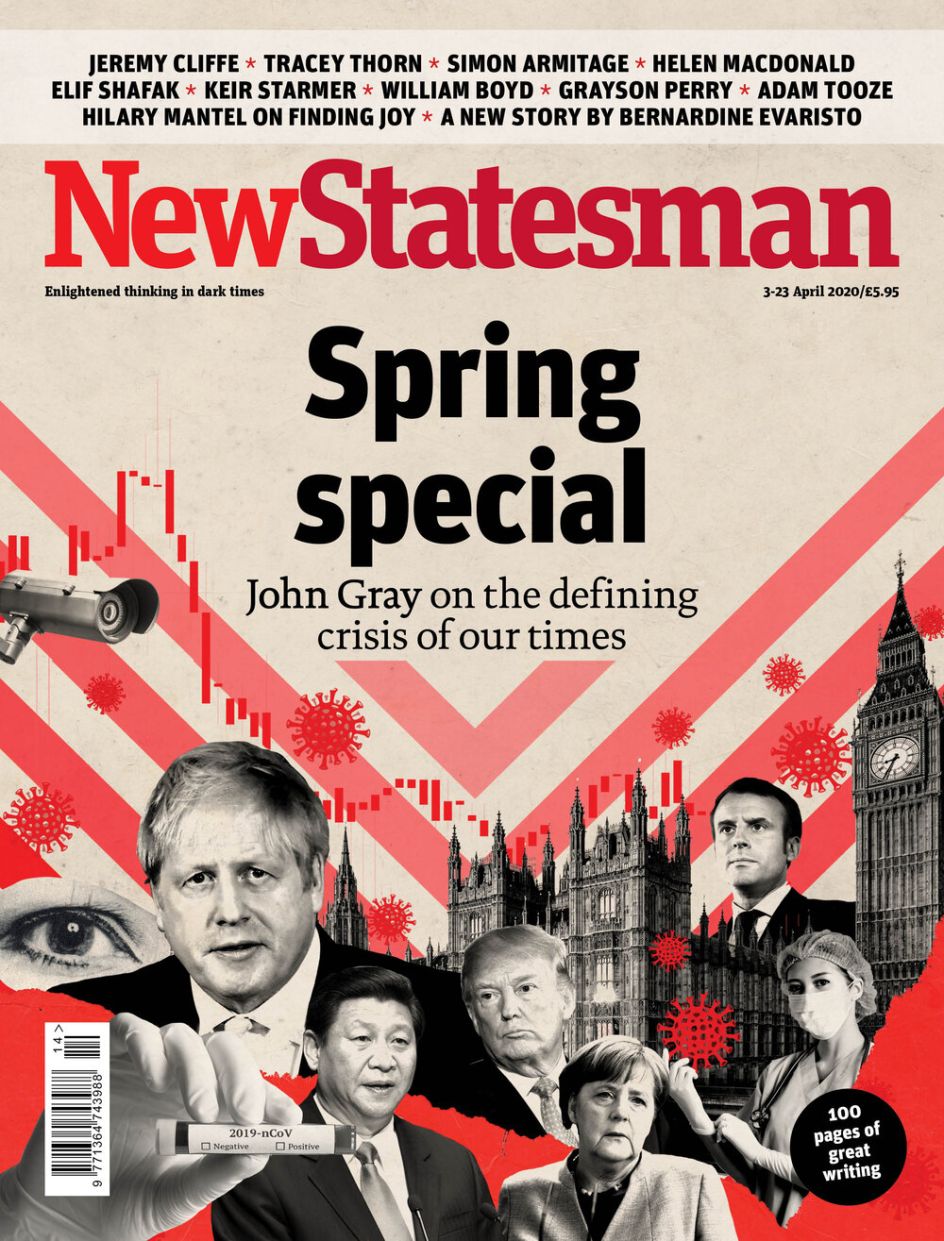
Who are the greatest influences on your style?
I've always loved the work of Joseph Beuys and Rauschenberg, but I also love houses and interiors, and sometimes I feel Instagram is a great influence.
How has your style changed over the years?
I've always loved minimal abstract work, so at the beginning, I did a lot of book jackets, but as I learned how to use Photoshop, my work became more narrative. This pushed me more into editorial work, which I love. I thrive on a quick deadline as I work better with a few jobs on at the same time.
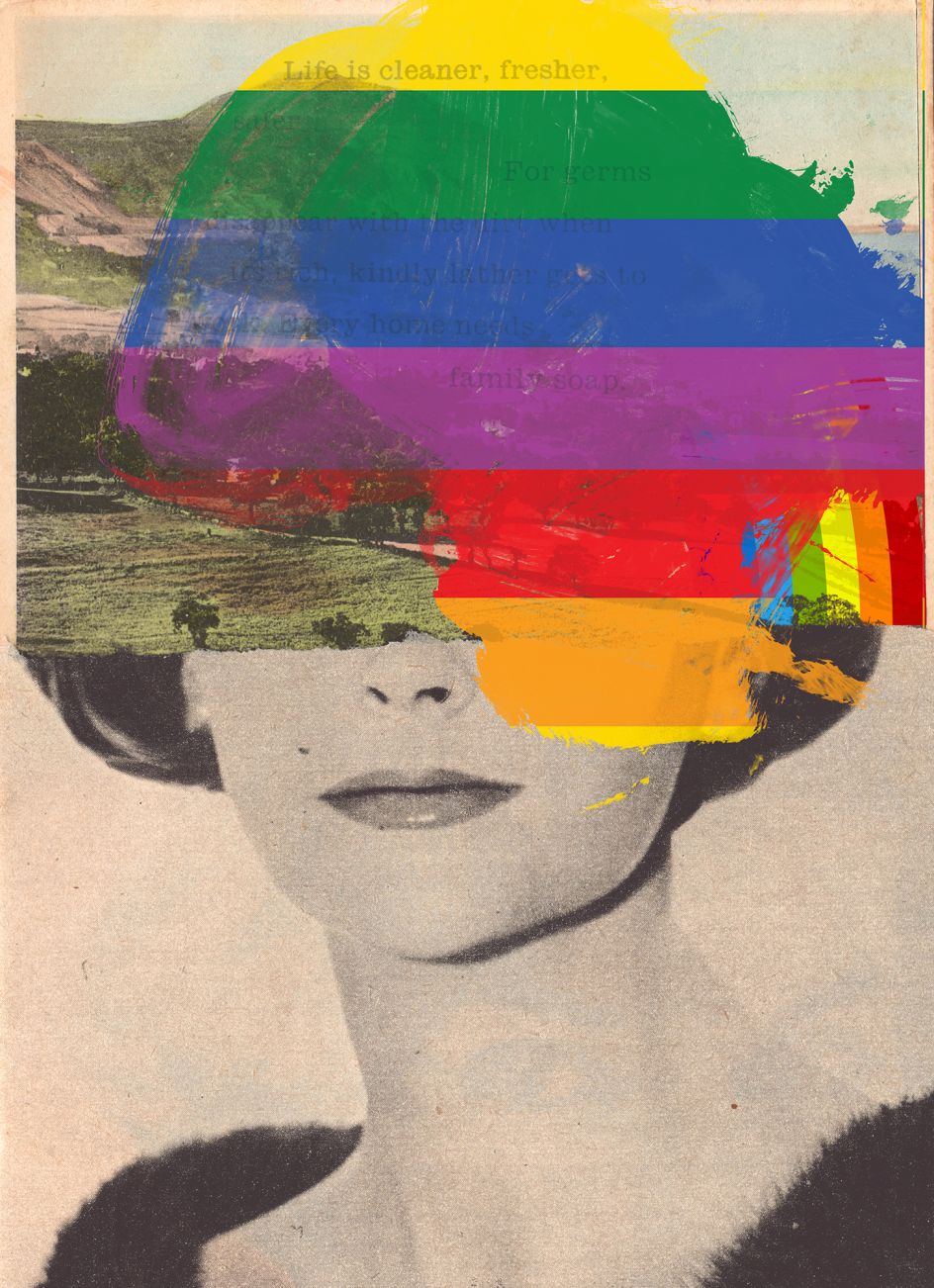
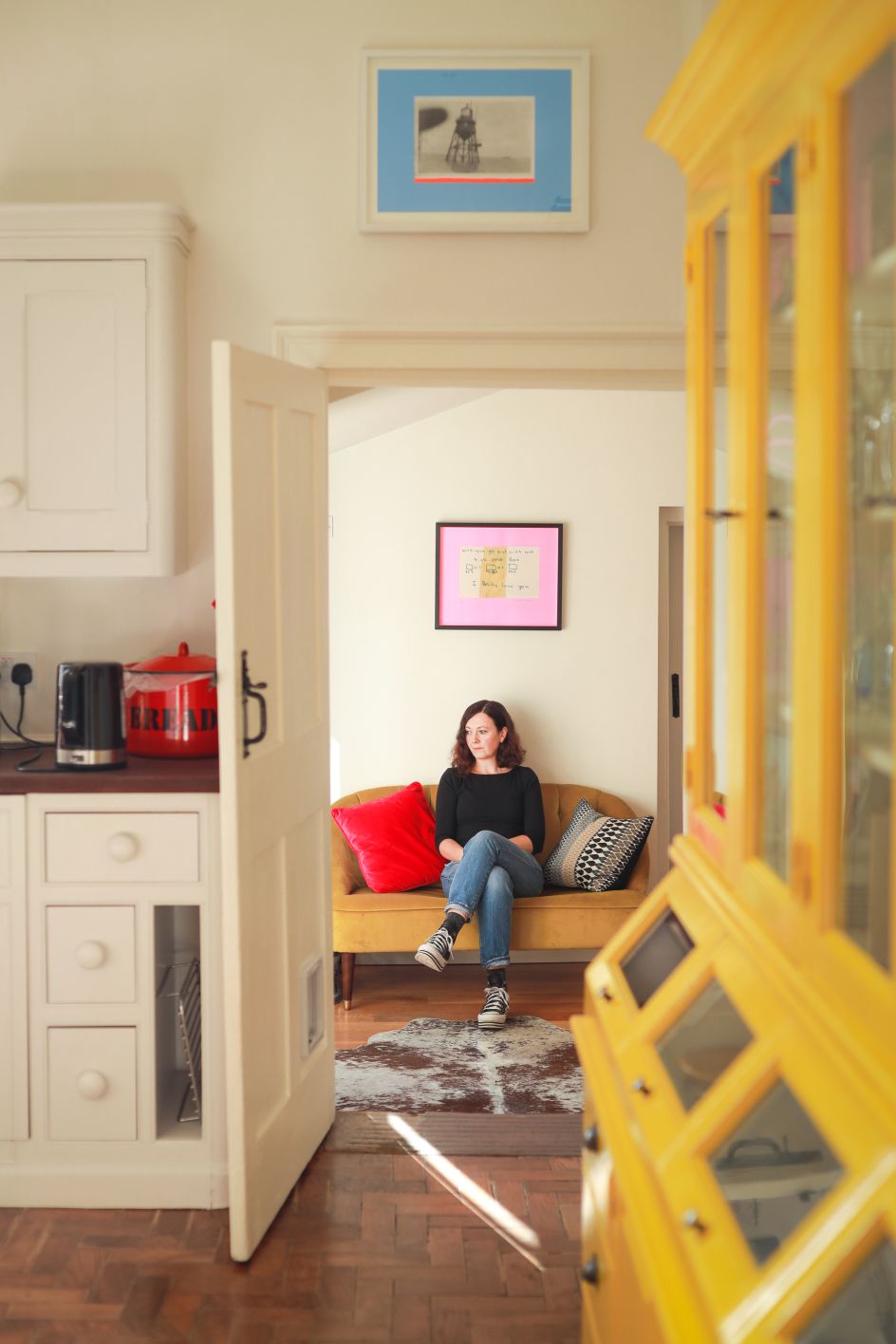
Photo by Celia Bartlett
Your work tends to deal with collective memory. How do you think we will remember this strange era we're living in?
I think we've been through so many different stages of lockdown and coronavirus that our memories keep changing. Making banana bread and sitting in the hot sun seems a very distant memory. Personally, we did a lot of decorating and buying art as well as eating…
We've all had different lockdowns, but I do think we will remember that we do care about our communities. It was also interesting to see how art became so important, helped by the Artist Support Pledge.
What projects would you like to try next?
I'm always waiting for a high profile advertising job, and of course, a New Yorker cover!
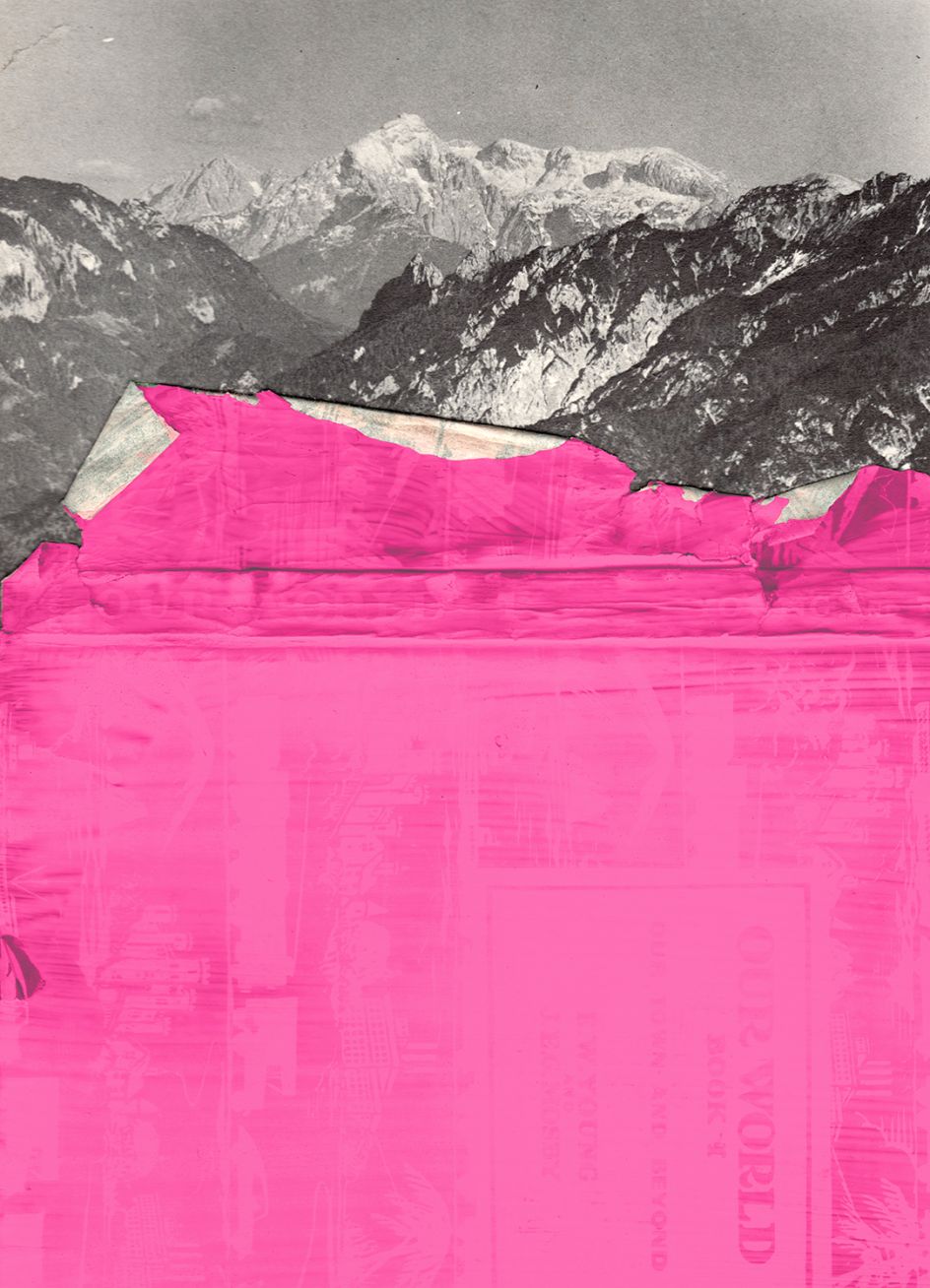
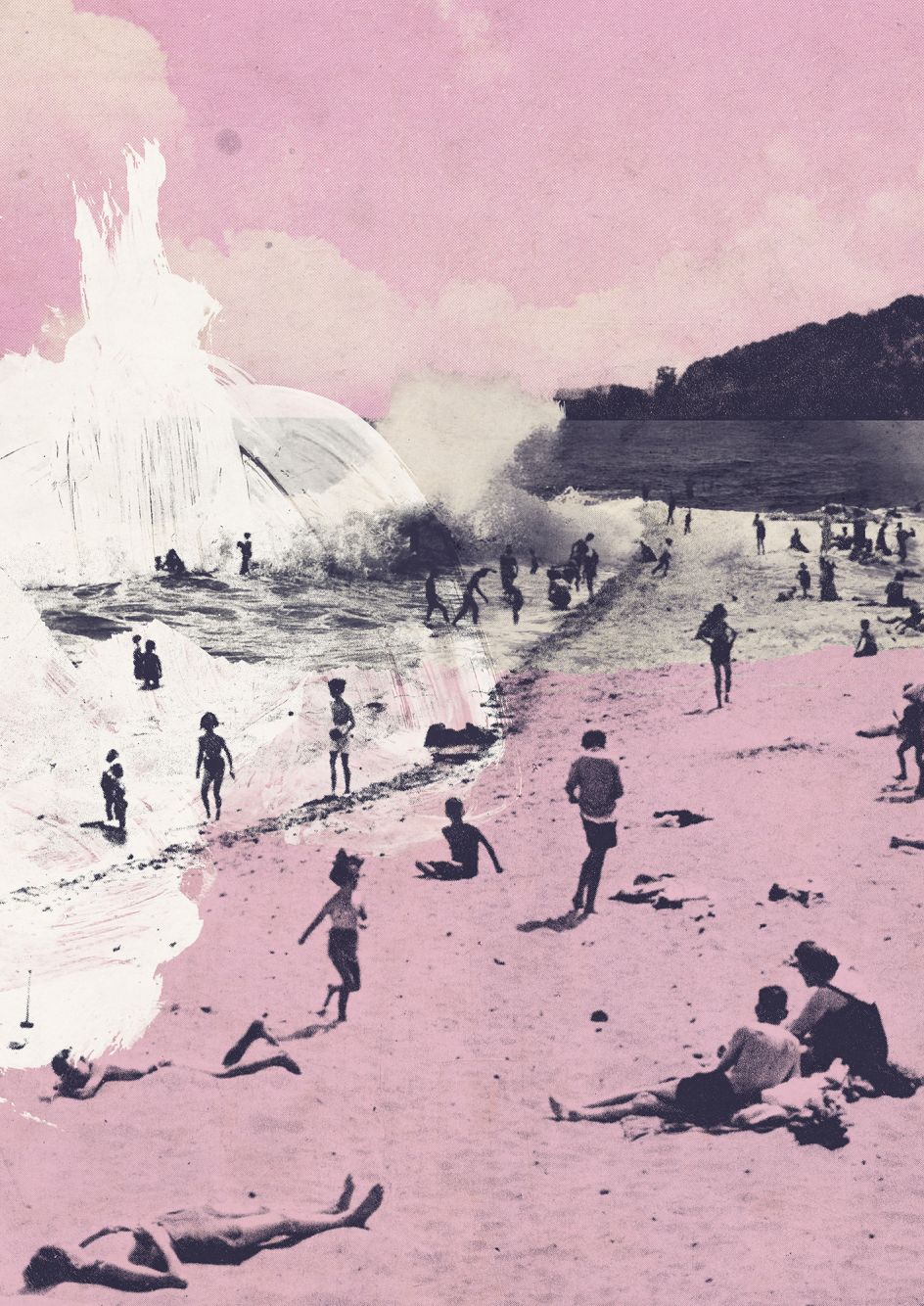
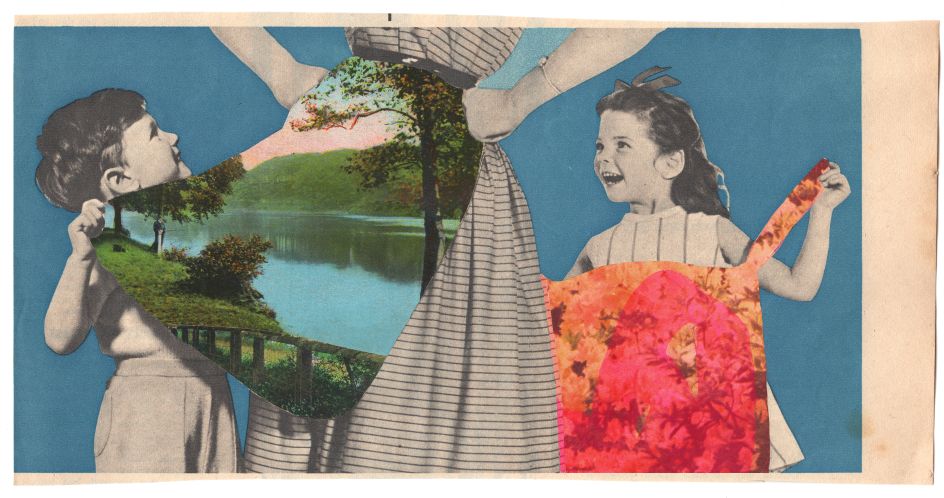
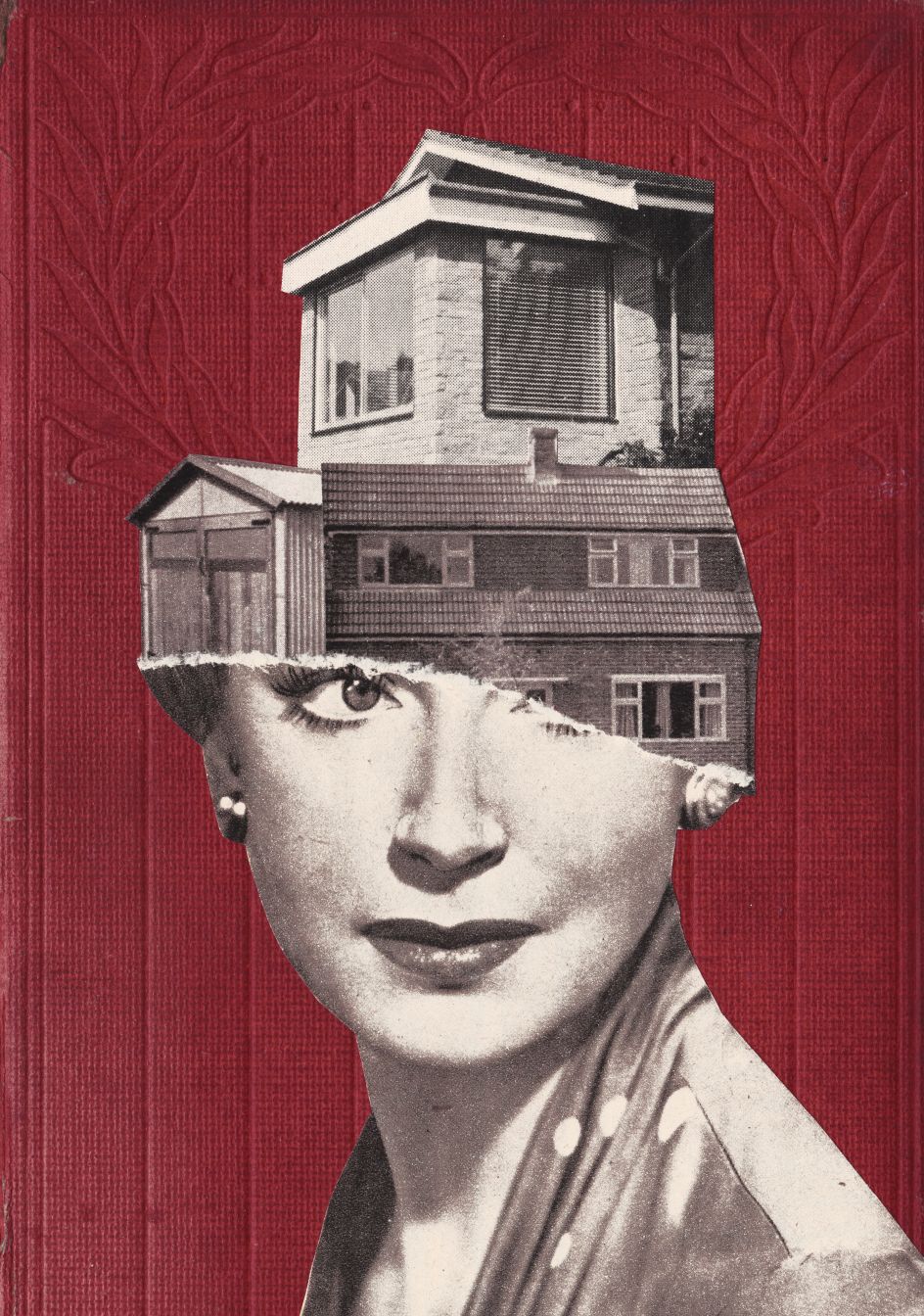
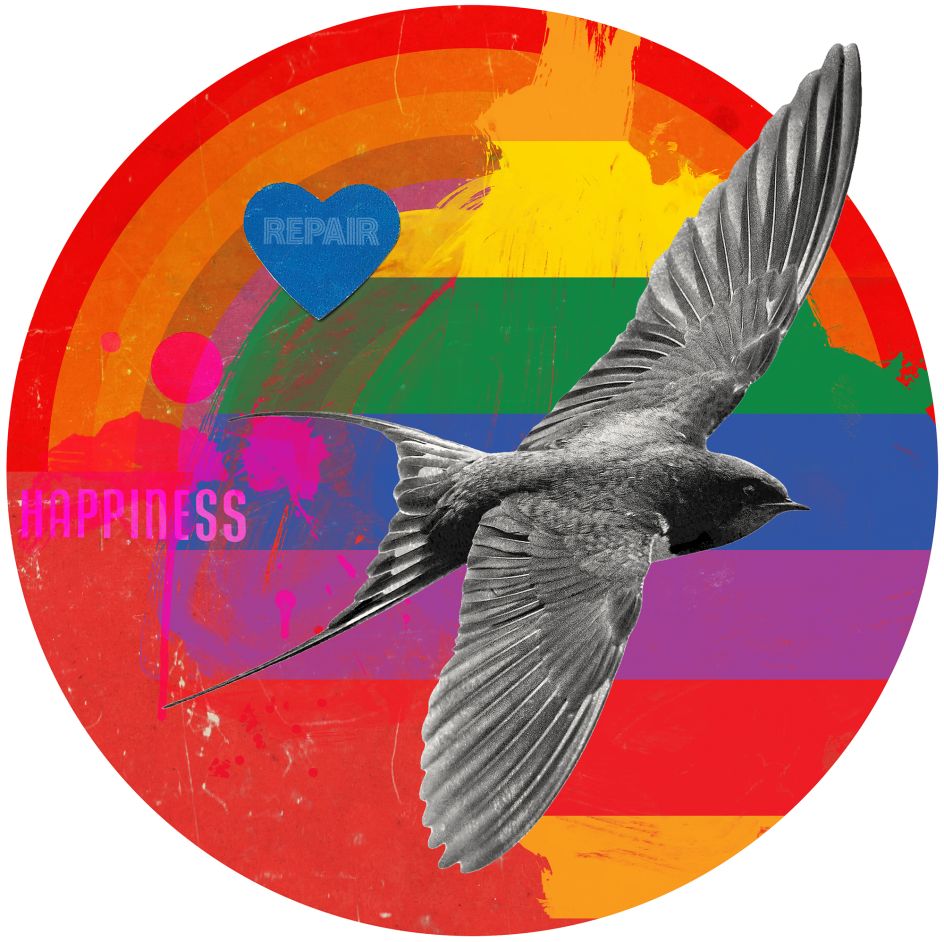

 for Creative Boom](https://www.creativeboom.com/upload/articles/06/063686a9a3b095b9b1f0e95df917ed4bd342be1b_732.jpg)



 using <a href="https://www.ohnotype.co/fonts/obviously" target="_blank">Obviously</a> by Oh No Type Co., Art Director, Brand & Creative—Spotify](https://www.creativeboom.com/upload/articles/6e/6ed31eddc26fa563f213fc76d6993dab9231ffe4_732.jpg)
 by Tüpokompanii](https://www.creativeboom.com/upload/articles/58/58684538770fb5b428dc1882f7a732f153500153_732.jpg)








